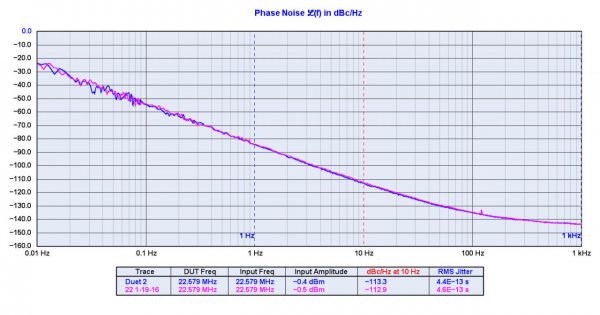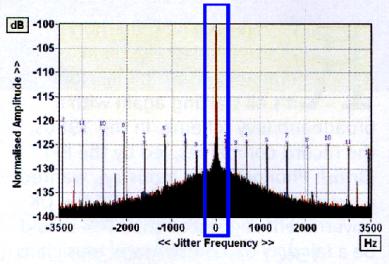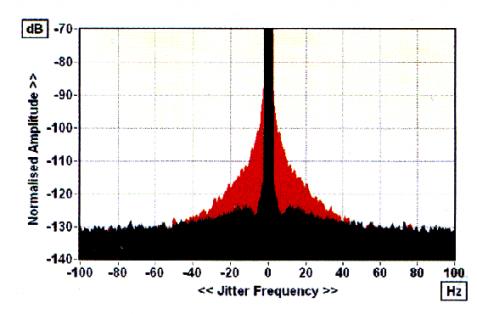That is my experience as well, see earlier in the discussion.
The interesting thing is, why is analog naturally so good at this, while absolute speed variations in the medium are much greater than on digital with its picosecond jitter? I assume this must have to do something with the lockstep of signals within the entire frequency range relative to one another, even if in macro-terms the speed of the turntable (or analog tape) fluctuates. Or perhaps the problems in digital also have to do with, as John suggested in post #10, noise-shaping that fluctuates in correlation with the signal.
Agree there. Noise shaping in many modern DACs to get the perceived perfect lab report, that has killed music for years IMO. They seem to have more and more complex filtering and circuits designs but 25 years on many DACs just don't do it for me, no PRaT, in fact pretty lifeless. But hey, we have a nice lab report.
In digital, half of the enjoyment is the timing and music pace / sway / foot tapping. And to enjoy that I think we have to have zero noise and digital hash in the sound, along with dynamics and drive of course.
Why do we 'accept' tape hiss and still enjoy the music? My many early years on cassette tapes attest to that. Why do we accept pops and clicks in a TT replay system? It seems those things in our brains we have no problem with, put it to the back and not analyse it. Maybe like wind noise or a distant bird or something.
But digital noise or hash, especially inconsistent noise, speaking for myself, I find it gets my attention (unwanted attention). It seems like a piece of plastic in a field, stands out right away, ruins the view (the sound). Bit like a mobile phone going off at the other end of a concert hall, it bugs me and ruins the illusion, reminds me I am listing to a 'digital' device.
It may be the DACs at fault here, but some of the blame is also IMO squarely at the original studio where it was recorded / mastered. Adele for example, terribly recorded masters and over the top processing to get her voice to sound more pitchy. Why did they do that? Totally unnecessary, her voice sounds amazing without it. Interestingly there is a big forum where studio engineers post a lot, and Adel is on the 'bad' list, along with Metallica Death Magnetic, many other modern studio disastrous recordings.
So I think there is noise and noise. Some noise we perceive as a 'natural' element we are ok with, no problem, it isn't bothering me. Other noise we perceive as unnatural, we have an issue with.... and right there we have even coined a phrase for it - 'digital sound'. Oh my.....
My current DAC is the best and most natural sound I have heard in digital to date.
Thoughts?









